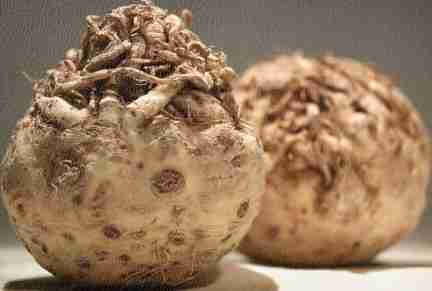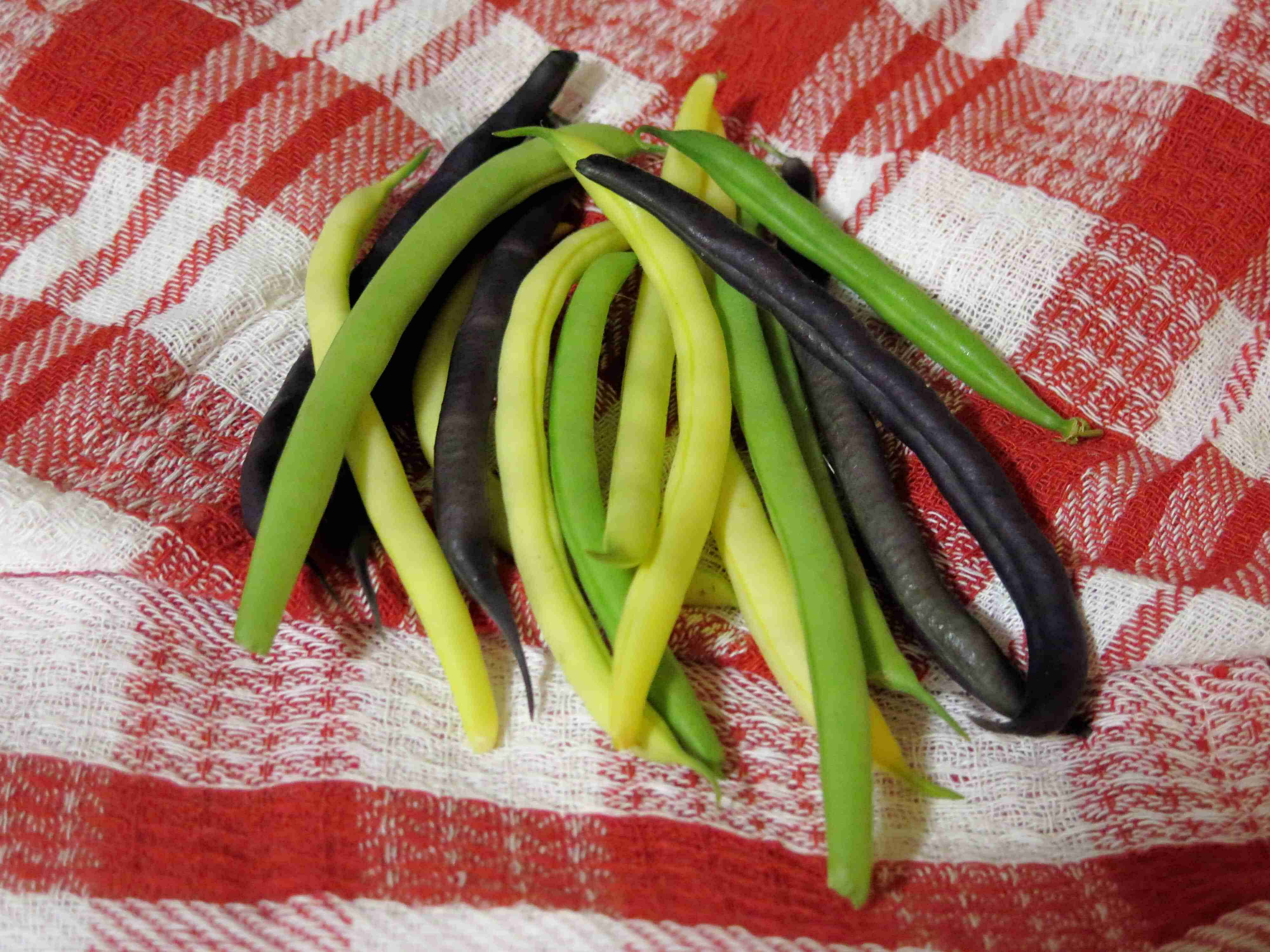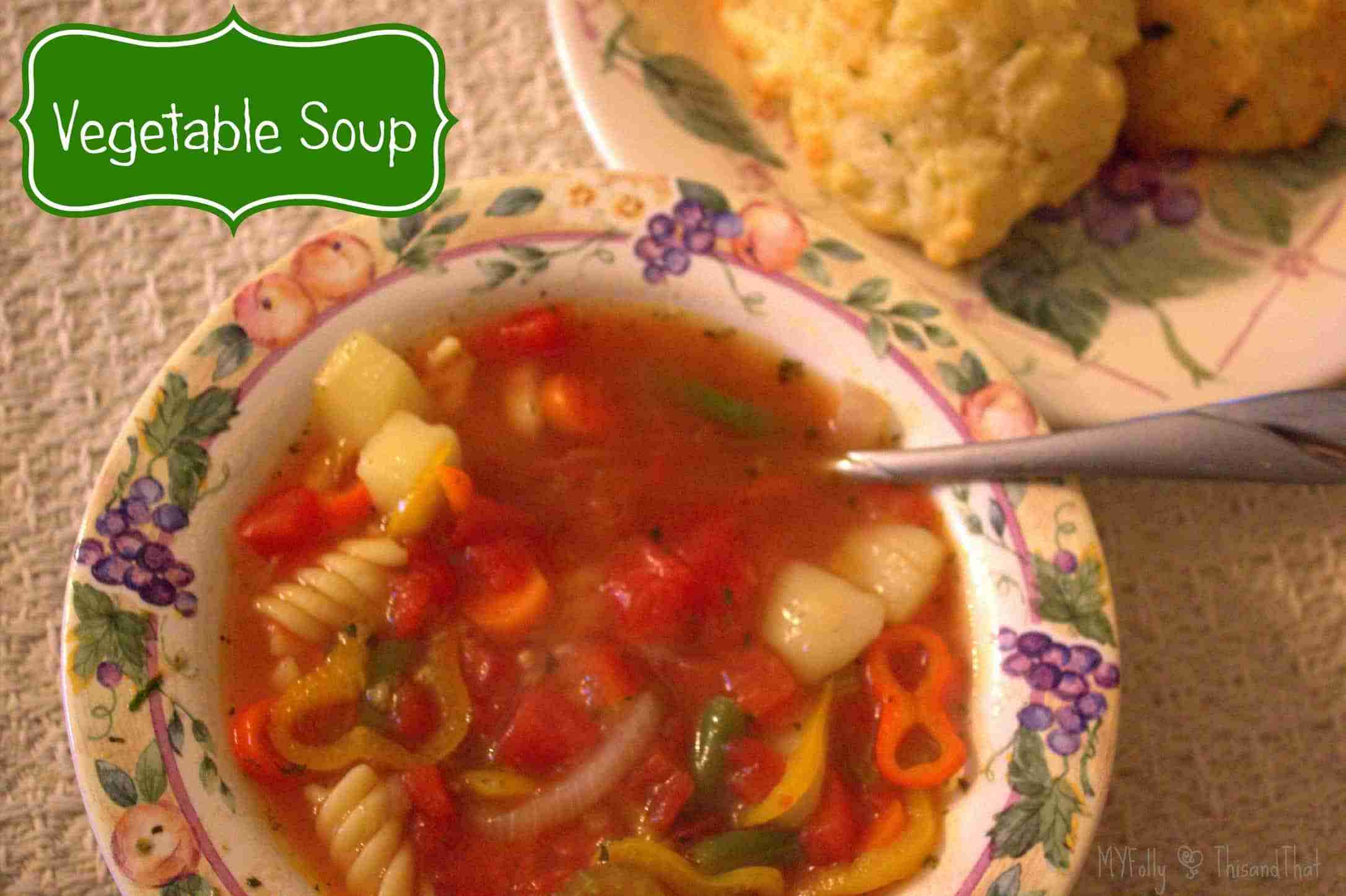
Get To Know These Root Vegetables
Our gardens might be ready to be put to bed. Mine looks like a deserted wasteland on top, but underneath, my garlic waits for warmer weather. 🙂 ! Sure I’ll miss fresh picked tomatoes and green beans until summer comes again. I’ll guess I’ll just go underground until spring! Going underground is where we find some great root vegetables. Potatoes and carrots are old standbys but there is so many more to choose! Root vegetables are packed full of vitamins and minerals. Check out these great vegetables next time you shop. You’ll be glad you did!
Celery Root (Celeriac)
Celeriac is a member of the celery family and can be eaten raw or cooked. This root tastes like a cross between celery and parsley. Celeriac must be peeled before use. Like most root vegetables, celeriac is an excellent source of vitamin C.
Jerusalem Artichokes (Sunchokes)
Jerusalem artichokes or “sunchokes” are members of the sunflower family. Sunchokes have a slightly nutty taste and the texture of potatoes. These knobby tubers need not peeled before use. Store sunchokes in the refrigerator. Sunchokes can be eaten raw or substituted for potatoes in your favorite dishes. These tubers are a good source of iron.
Jicama
Jicama plant grows as a vine and is actually a legume or member of the bean family. The root of the jicama tastes like a cross between an apple and a potato. It has the texture of water chestnuts. Store these roots in the refrigerator until ready to use. Peel off the brown shell and any fibrous material directly under the skin. Jicama can be eaten raw in salads or served with dip, or cooked in stir fry, roasted or added to soups and stews. Jicama is also a good source of vitamin C.
Parsnip
Parsnip roots resemble carrots but are white to light yellow in color. These roots have a sweet taste somewhere between a carrot and a sweet potato. Store parsnips unpeeled in the refrigerator. Cook before eating. This vegetable is a good source of vitamin C.
Radish
Radishes are a member of the mustard family. Radishes can be eaten raw or cooked and have a peppery taste. White icicle radishes are milder than red varieties. Trim off tops and bottom roots before using. Radishes are a great source of vitamin C.
Red Beet
Beets or red beets are cousins to turnips. Beets can be eaten raw, cooked or pickled. Beet juice is used as a dye and can be hard to wash off your skin. Handle carefully or use gloves. Store beets in the refrigerator. Beets are a good source of iron.
Rutabaga
Rutabagas are a cross between a turnip and a cabbage. Most rutabagas come with a protective wax coating and need to be peeled before cooking. Use rutabagas instead of potatoes in your favorite dishes. This root is a good source of vitamin A and C.
Sweet Potato
Sweet potatoes are native to North America. This tuber is often confused with its Asian cousin the Chinese Yam or Chinese Potato. Sweet potatoes can be orange or yellow and be eaten raw or cooked. True yams however must be cooked. Store sweet potatoes outside of the refrigerator. Sweet potatoes are a great source of calcium, potassium, vitamin A and vitamin C.
Turnip
This root can be eaten raw or cooked. Raw turnips taste similar to radishes. Select smaller turnips for a sweeter taste. Overcooking turnips tends to yield a bitter flavor. Turnips are an excellent source of vitamin C.
Here are a few recipes courtesy of the Foodie Friends Friday Daily Dish Group to get you started!
From Calculus to Cupcakes
Golden Beets with Kale
Roasted Black Radishes
Busy Vegetarian Mom
Beets! Super Easy in the Crock Pot!
Sweet Potato Layered Mexican Casserole
Binomial Baker
Sweet Potato Cinnamon Rolls
Empanadas
Roasted Beet Pecan Salad
Family Food Finds
Roasted beets and Sautéed Beet Greens










Would be more informative if pictures were attached.
I visited your post to identify root vegetables.
Great info but a picture is
Worth a thousand words
Very true Sheila and can help a consumer identify them at the market. I’ll see what I can do about locating images and adding them to the post. Thanks so much for the suggestion!
Great information! I have never even celery root!
What a great informative post and awesome recipes. Thanks for taking the time to share.